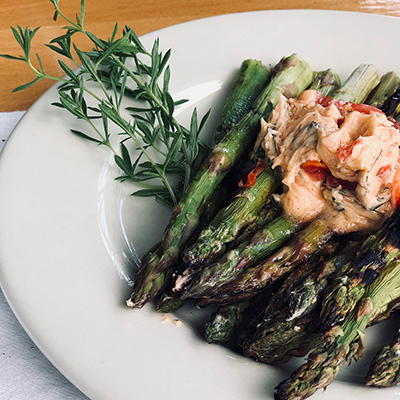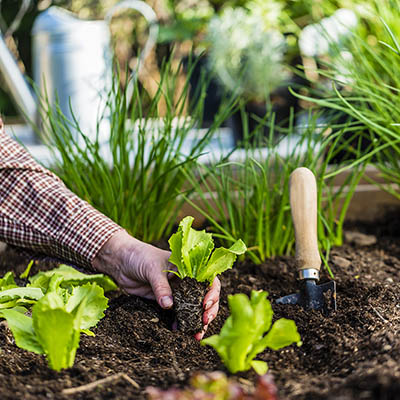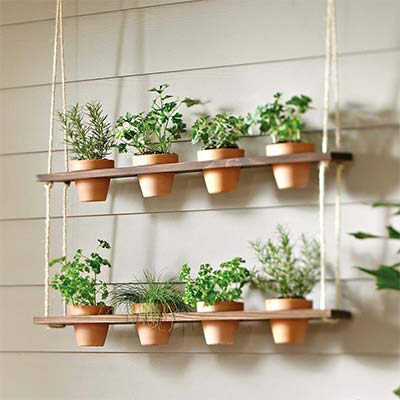How to Make a Spiral Garden
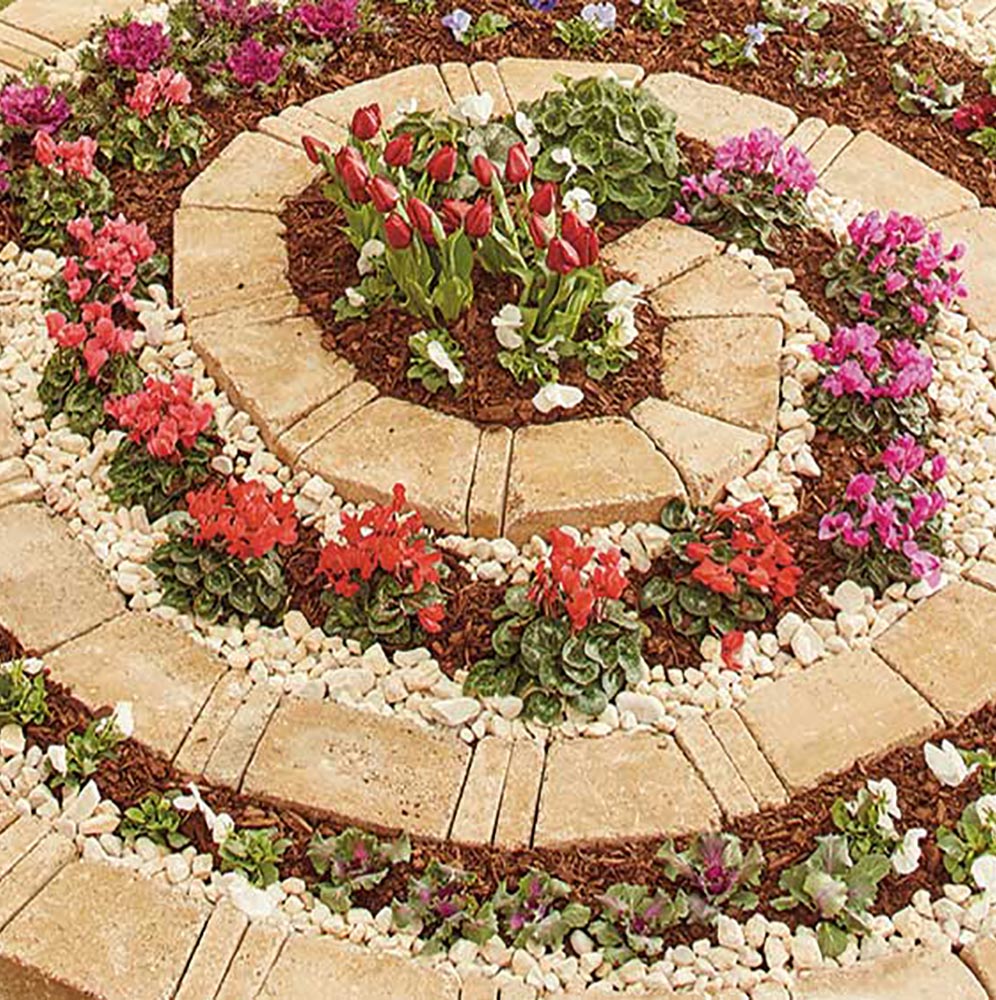
Last updated September 7, 2023
A versatile and practical solution for urban and hobbyist gardeners alike, a spiral garden helps maximize space. Using brick pavers, or the material of your choice, you can build a spiral garden in less than a few hours. This guide will show you how to construct a space-saving design that will serve as a flower bed or an herb garden in just a few simple steps.
What Makes a Spiral Garden Different
Gravity allows water to drain freely from the top of the spiral and seep to all layers, creating microclimates. A dry zone at the top and moist area at the bottom gives you many options when choosing plants. For instance, you can plant tulips at the top of your spiral as they require very little water.
The Rumblestone brick pavers allow for customization of your spiral garden. Experiment with the height of the outer wall and your spiral walls. Taller walls can create an additional shaded microclimate.
Instead of planting flowers, you might consider planting an herb spiral garden. Keep in mind the zones of your spiral garden and the variety of herbs you choose to ensure proper water flow and good drainage to help your plants stay their healthiest.
Before you begin, always check the climate in your area to ensure growing conditions are good for the plants, flowers and herbs you intend to grow.
Difficulty:
Intermediate
Duration:
2-4 hours
Table of Contents
Measure Space and Clear the Ground
Build The Outer Wall
Fill the Circle and Tamp
Design the Spiral
Tamp the Soil
Lay the Bricks Along the Spiral
Measure Space and Clear the Ground
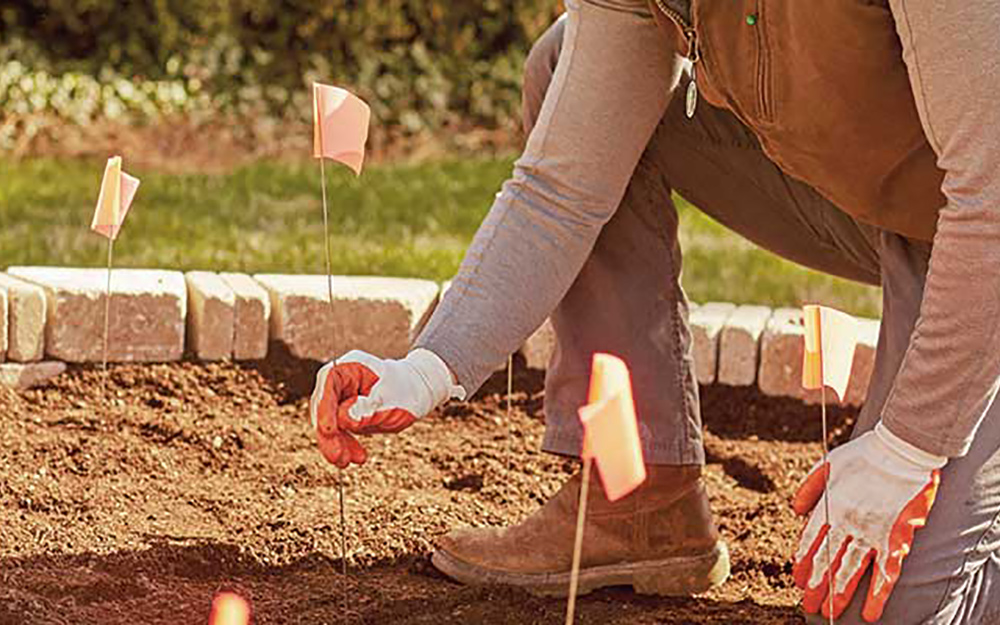
- Decide where you would like to build your spiral garden and place a stake into the central point of the ground.
- Attach a string to the center of the stake and stretch it out to determine the perimeter.
- Make a line in the soil with another stake so you know exactly where your circle begins and ends.
It’s important to stop grass and weeds from growing under your spiral garden.
- Begin by clearing out any weeds that are growing in the area you plan to use.
- Next, cut your cardboard, ensuring there is enough overlap to suppress weeds below and surrounding the spiral garden. The cardboard keeps light out, creating permanent shade to prevent weeds from growing.
- Place the cardboard down on the ground in the garden location and use a hose to soak it so that it stays in position as you build.
Build The Outer Wall
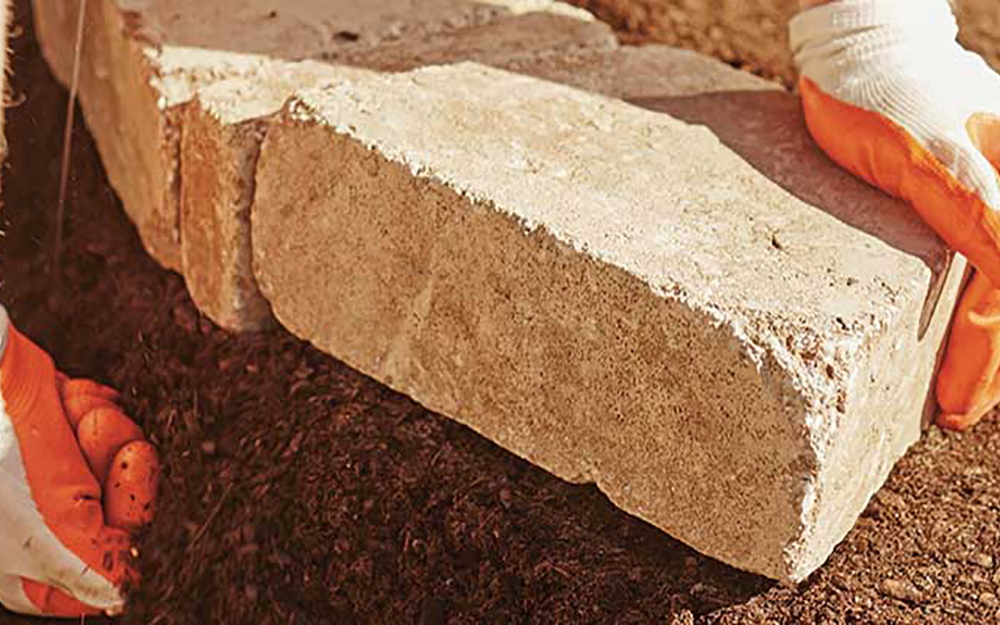
- Using your Rumblestone pavers, or the building materials of your choice, start laying out your outer edge. Work inward to create the spiral shape.
- Ensure your structure is level, adding soil under the bricks and packing down as needed. You should also backfill with soil around the outside wall to add support to the structure.
Tip: You can customize your spiral garden however you'd like. Once you have a general idea, experiment with different heights and patterns to find the perfect spiral garden for you.
Fill the Circle and Tamp
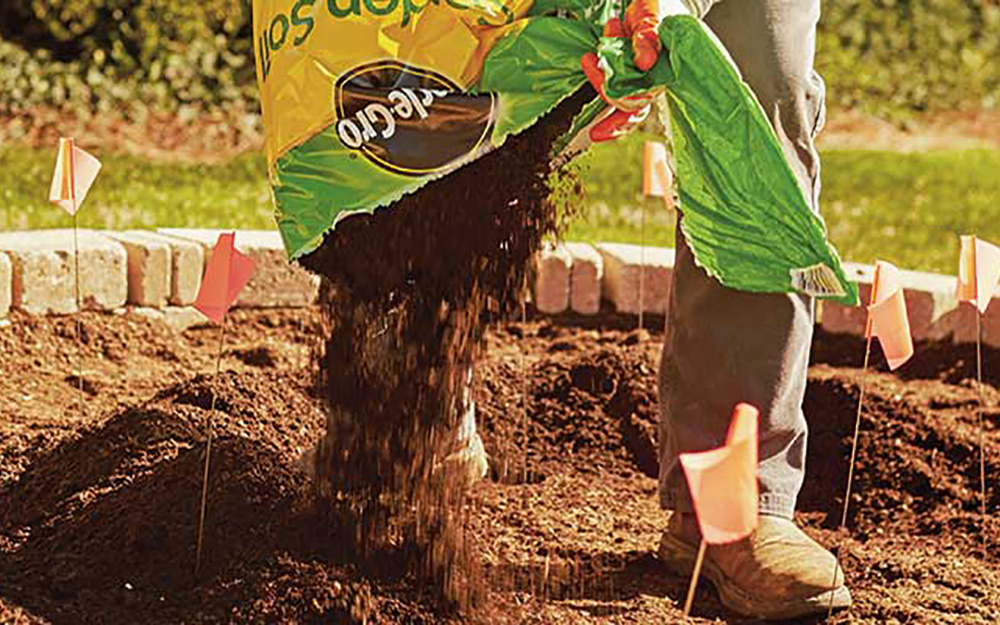
- Fill in the entire circle with soil.
- Pack down with the tamper.
Design the Spiral
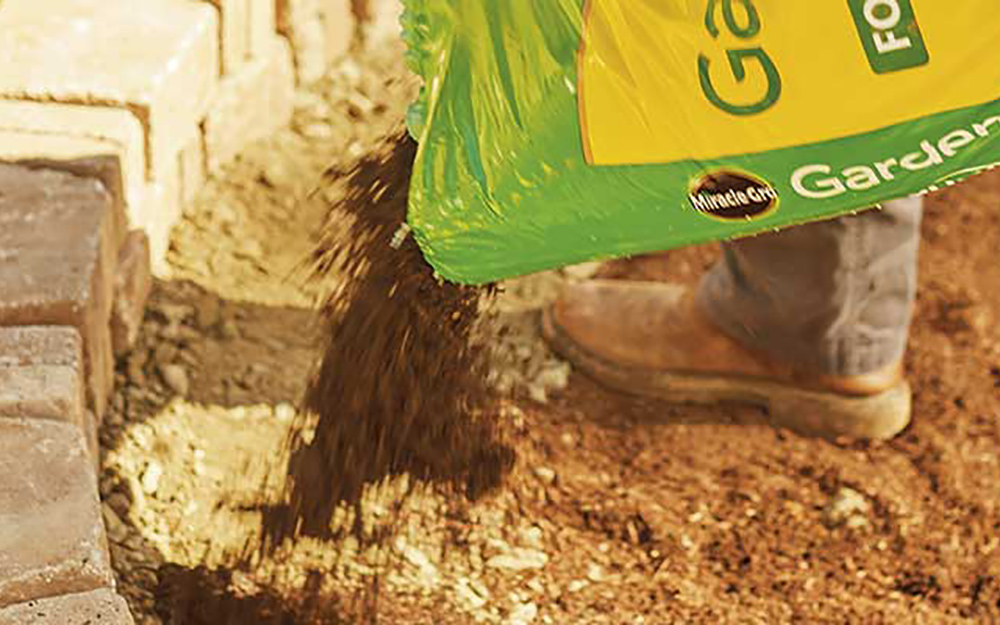
- Create a spiral pattern with the flags, starting at the center of your circle and working your way out. You might need to make some adjustments to your spiral to make it even.
- Place small Rumblestone pavers on the inside of the flags to help support the dirt. These will also help you when pouring the dirt.
Tamp the Soil

Pour soil along the inside of the flags, making sure that the spiral rises up gradually as you move toward the center of the circle.
Lay the Bricks Along the Spiral

- Lay the bricks on top of the spiral in the same pattern as your outer structure.
- Add soil under the bricks to level as needed.
- You can also use a rubber mallet to adjust and level the bricks.
Tip: Backfill the edges somewhat to give support.
Plant the Flowers or Herbs
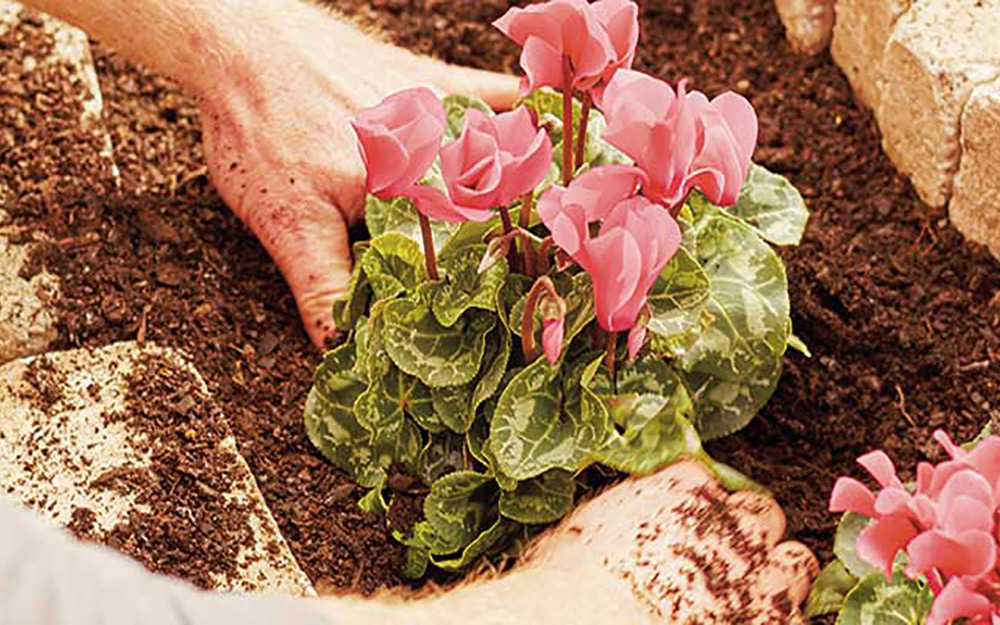
Add more soil and plant your flowering plants or herbs.
Tip: To emphasize the unique nature of this planter, try planting flowers of alternating colors or planting a mixture of flowering and non-flowering plants.
Add Mulch and Pebbles
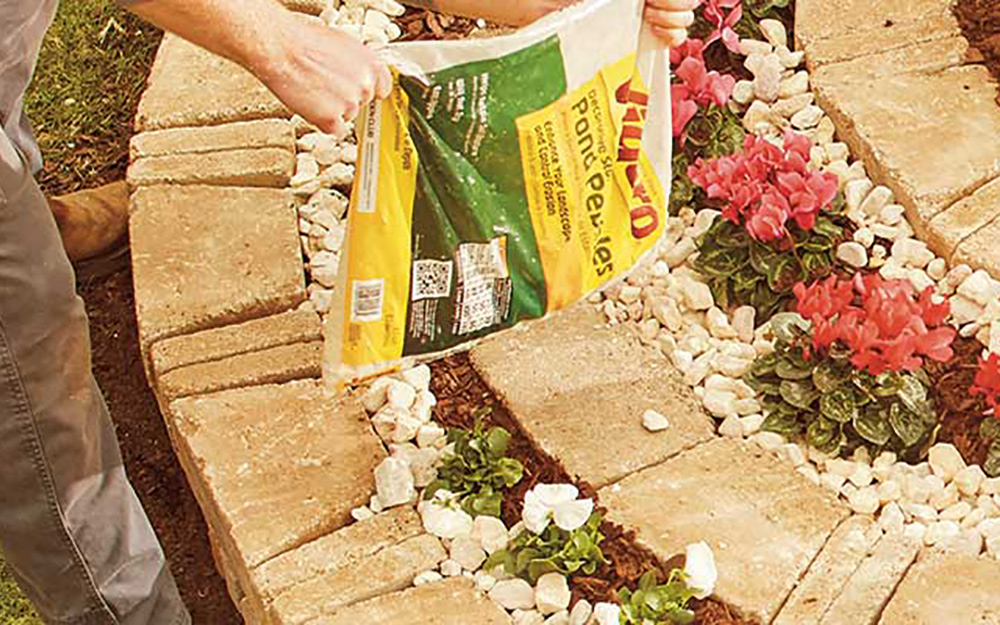
- Put your choice of mulch around the plants, adding contrast to the flowers.
- Add river rock to the edges of the spiral to create a whimsical cascading effect.
Tip: Add different sizes and shades of river rock for different effects. The contrast adds the finishing touches for our project, making the flowers pop.
